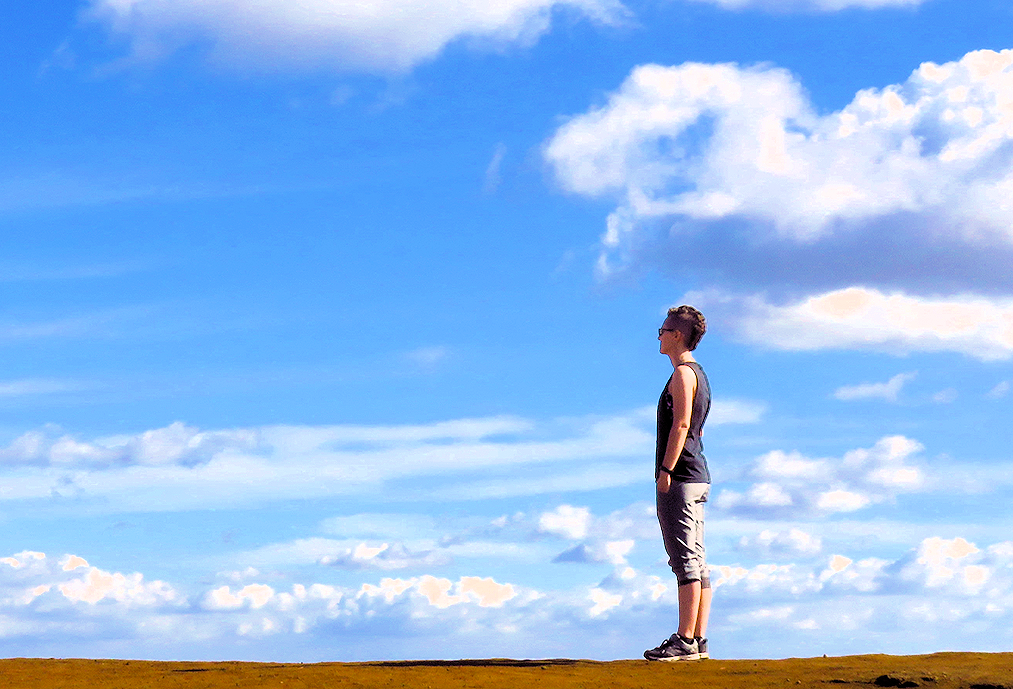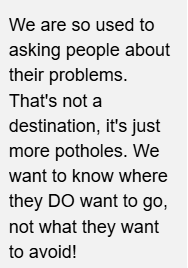Current e-Journal
-

January 7, 2025

How to Plan in Uncertain Times
In this week’s Systems Change Newsletter…
- Invitations and Announcements
- Catalytic Thinking Exercise: How to Plan in Uncertain Times
- Resources to Further Your Practice
Invitations & Announcements
Integrity Conversation
Next Monday’s Integrity conversation (aka our board meeting) will review our accomplishments in 2024 and chart a course for this new year. As always, you are invited to be part of that conversation! Details are at this link.
Your Plans for 2025 and Beyond
January is the time to set ourselves on a more effective path to creating the world we want, the perfect time to consider strategies that aim at what is possible. Our click-and-play class on Planning is a great place to start all that! And tuition is always pay-what-you-can, so there’s no excuse not to give it a go. It all starts here…
Catalytic Thinking Exercise:
How to Plan in Uncertain Times
Happy new year, everyone!
Normally, a new year brings all sorts of possibilities. This new year, though, feels filled with uncertainty. Political uncertainty. Legal uncertainty. Financial uncertainty. And the ongoing uncertainty of instability around the world.
How does one make plans when we have no idea if the ground will still be there when we take a step?
You know what we’re going to say:
Catalytic Thinking was made for these times.
That’s because Catalytic Thinking is about playing the long game, and then having maximum flexibility when conditions change. It’s the perfect framework for aiming at the world we want to see, and then laying the path to those end results.
Want to see how that works in real life?
Stand near a window, wherever you happen to be right now.
Look out as far as you can, and find a spot in the distance. Call that your destination. It might be a building, or a mountain, or perhaps just the light pole at the end of your driveway.
Picture how you might get to that destination from where you are standing right now.
With your route to your destination firmly in mind, now picture a huge roadblock, right in the middle of your anticipated path. Not just a pothole, but something you absolutely could not get past – perhaps a giant meteor landing in the middle of the road, or a sinkhole the size of your house.
Given that roadblock, right now where you stand, find another way to get to your destination. Perhaps turning left vs. right when you leave the building. Or leaving through another door. Or perhaps taking a circuitous route that feels out of the way, but will absolutely lead to your destination.
When you know where you’re headed, you can find other routes to get there when conditions change. You can easily find other options. Rather than being constantly whipsawed by circumstances, you can see course corrections with ease, because your commitment is to the destination, not to any particular road to getting there.
Try this:
The first step in creating anything at all is to imagine it. So let’s kick off the year doing just that.
1) Talk with the people who are affected by your work – your clients and patrons, the people in the neighborhoods you serve, your staff, perhaps even the folks you are used to thinking of as your competition. The first question in Catalytic Thinking is all about that radical inclusion: Who is affected by your actions? What would it take for them to participate in the decisions you make?
This doesn’t have to be a large community convening. It can be the dedication to have this conversation with everyone you will already be encountering throughout the month, in your normal client interactions, your normal staff meetings, your everyday conversations in community. It could be just having coffee with someone you think of as friendly competition.
2) Ask those individuals about their aspirations for your community. What would good look like for them? We are so used to asking people about their problems. That's not a destination - it's just more potholes. We want to know where they DO want to go, not what they want to avoid!
Flesh out that image as much as possible. We humans are visual creatures, and the more we can SEE the destination in our mind’s eye, the more deeply we can commit to getting there.
- What would life be like for an elderly person?
- For a young child?
- For a single parent?
- For someone with a developmental disability?
- For a healthy teenager?
What would those individuals see? What would they feel? What would they hear?
That is your destination!
With your ultimate destination in mind, you can then make plans for what you will do to get there. As things change throughout the year, you can more easily adjust those plans, because you will have set your sights on where you are going. The path may change, but the end goal stays the same.
By including all the people you’ve talked with in your conversations, you will have already started building an army of support for getting to that goal. And you won’t need to get their buy-in, because that vision will have come from them!
If you need help making your plans, the resources at Creating the Future can guide you to design projects and programs for turning your visionary destination into an achievable goal. Check out the resources below for some ideas.
This week, as you dive into 2025, set your sights on accomplishing what your community aspires to create. Beyond reacting to what’s wrong, you will be lighting the path to the future you want to see. That is why these questions are at the heart of the Catalytic Thinking framework!
Resources to Further Your Practice:
- WATCH: Hildy’s TEDx talk provides a great example of setting a destination and then finding unique ways to get there. Watch it here…
- LEARN: Our click-and-play class on planning will lead you through the steps to turn vision into reality. And it’s pay-what-you-can, so there is no excuse for skipping this one! Start planning now…
- READ: What does it take to engage unlikely allies to your cause? This post is a great start. Engage here…
- LISTEN: Our podcast guests all share their perspectives on what it takes to create visionary change in the world. They are inspiring and practical, all at the same time. Listen here…
Help Keep Our Programs Freely Available
Creating the Future’s eJournal is free. And there are no financial barriers to our classes – tuition is whatever folks can afford. Because we never want money to stand in the way of people learning.
If you value our content and our approach, please donate here – and please consider becoming a monthly supporter of our work.
eJournal Archives:
If you’re new to our eJournal, or just want to remind yourself of past practice exercises we’ve shared, check out our eJournal archives here.
SUBSCRIBE
to get this e-Journal
Creating the Future is a 501(c)(3) tax exempt organization in the U.S.A

